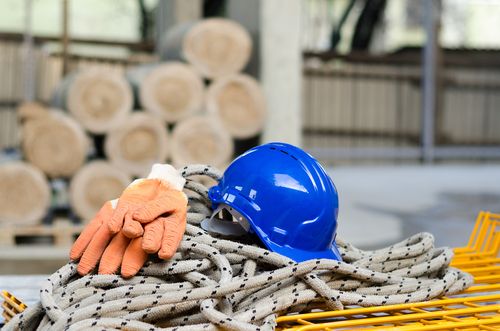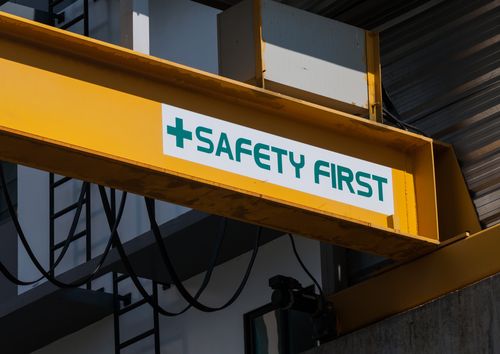
Site Audits for Workplace Safety: Reducing Injury & Making Sure You’re in Compliance

Thousands of workplace injuries occur every day, ranging from minor to serious (and regrettably, sometimes fatal). With workplace safety getting increased attention and awareness, how do you go about overseeing a safe and secure environment?
By conducting a Site Audit, you can help reduce the likelihood of accidents and other injuries occurring in your workplace – quite dramatically, in fact, if done in conjunction with a proper due diligence program and by partnering with a firm that specializes in safety training and consulting.
What constitutes an effective site audit? That’s what we’ll delve into in this edition of the ACT Safety Blog.
What are the benefits of a safety audit? What’s in it for you as a supervisor or manager?
Safety audits accomplish a number of tasks. In addition to the main goal – continuous improvement of your organization’s health & safety – they can also:
- Identify workplace risks (and levels of risk)
- Show how to make improvements
- Identify strengths & weaknesses in safety policies & procedures (including compliance & due diligence fulfilment)
- Eliminate hazards & unsafe practices
Different than inspections, safety audits are more comprehensive in their approach. Your task isn’t simply to find out what’s wrong but, more importantly, to develop and implement ways to improve health & safety in your workplace.
You’re probably familiar with the WSIB audit. How is a safety audit different? They key here is that this is an internal, proactive audit. By conducting these early and often enough, you’ll be in much better shape should you face a random or targeted audit or inspection from WSIB or the Chief Prevention Officer, etc. Being proactive, therefore, pays off in many ways.
Proactive Workplace Safety and Accident Prevention: Your Best Bets for an Effective Site Audit
When preparing for a safety audit, it’s helpful to begin with the end in mind. Not the end of the audit, but a point in the future (e.g. a year from now), when your efforts to effect safety changes and reduce or eliminate accidents are paying off nicely.
 With that in mind, your focus now is on the prevention of unsafe or unhealthy conditions in your work environment. These could arise as a result or be a symptom of:
With that in mind, your focus now is on the prevention of unsafe or unhealthy conditions in your work environment. These could arise as a result or be a symptom of:
- Wear and tear
- Improper setup or configuration
- Stress and fatigue (to equipment or to people!)
- Misuse
- Corrosion
- Vibration
- Impact
… and much more.
The next steps involve the nuts and bolts of the safety audit itself: the research and fact-finding. Objectively approaching this audit, you can break it down into the following silos:
- Employee knowledge
- Written program review (compliance, etc.)
- Program administration
- Record & documentation review
- Equipment & material
- General walk-through
Since this isn’t a thorough audit guide but rather an overview of how to approach site audits with the right mindset, we’ll fast forward to the next steps: review and recommendations. Here’s where you want to maintain objectivity and err on the side of caution. Take the findings, figure out what can be improved, find ways to improve it, and move forward with what needs to be done.
Once you’ve implemented corrective actions, it’s important to communicate these – making sure both to let people know where to improve as well as to praise the positive efforts being made.

Advanced Consulting & Training: An Experienced Resource for Safety Audits
Taking a proactive approach to site audits is an effective means of achieving better healthy & safety in the workplace. If you have questions or want to know more about how a training course can help you with safety audits, we here at Advanced Consulting & Training would be happy to have a chat. Our courses include:
… and more!
Contact us today to find out how Advanced Consulting & Training can help you!

